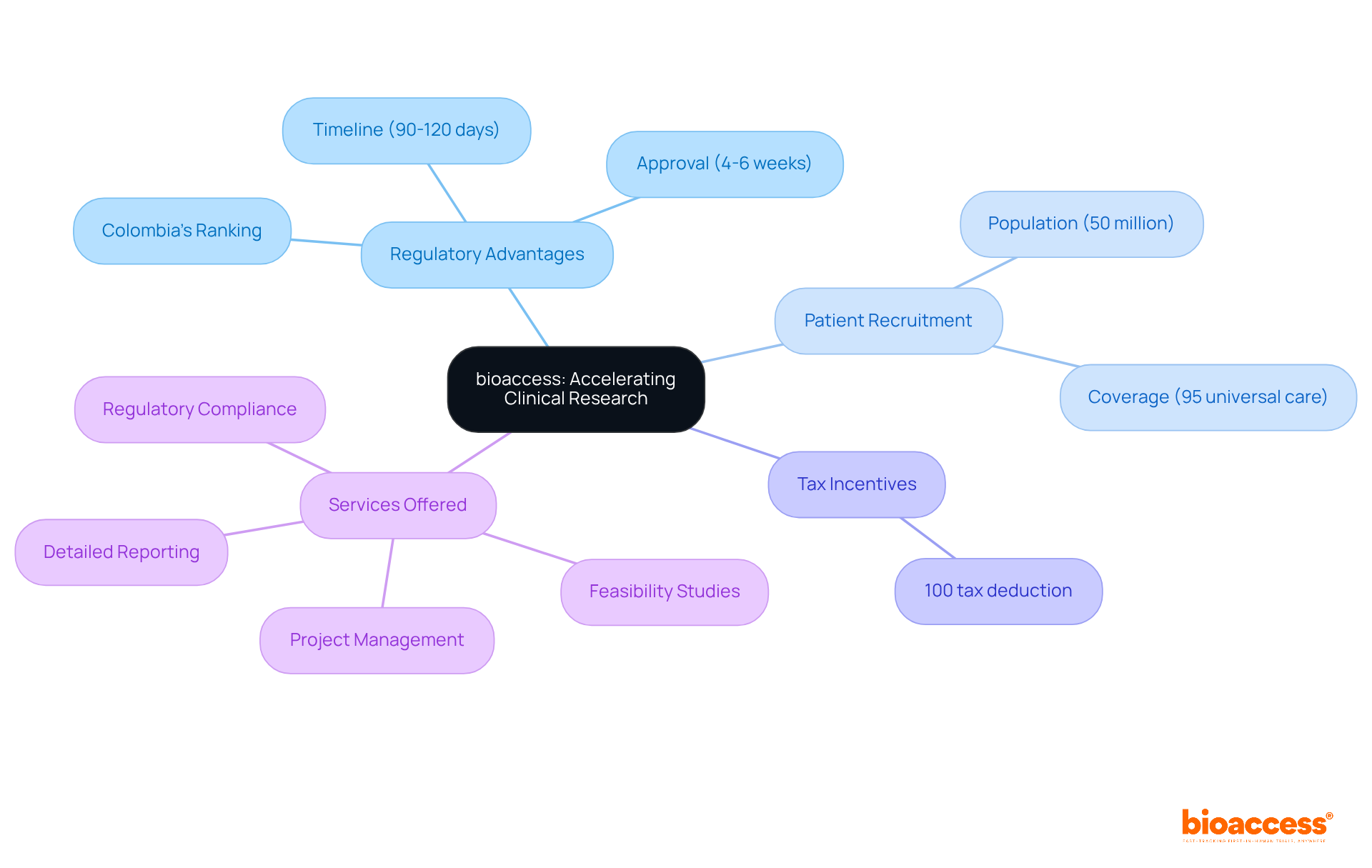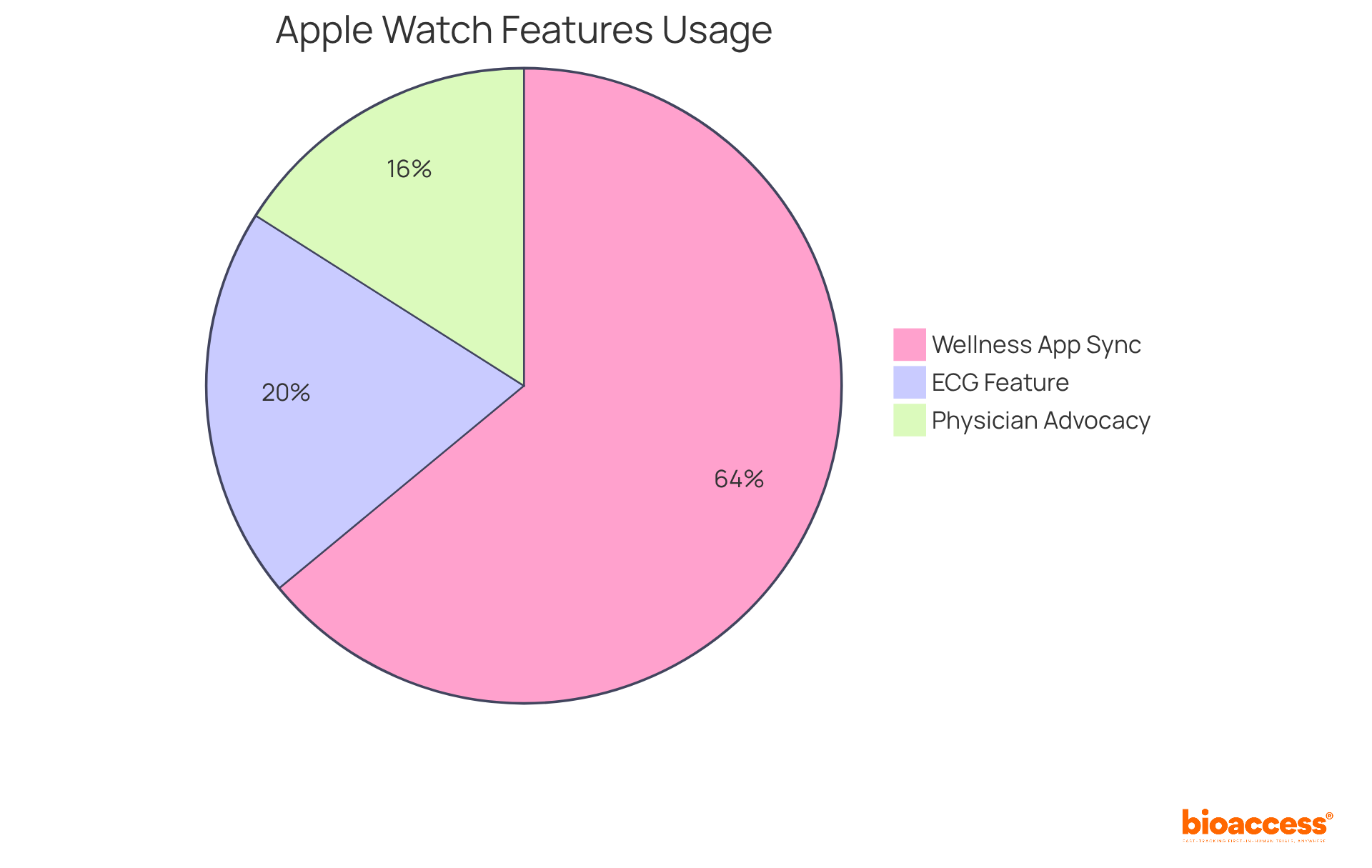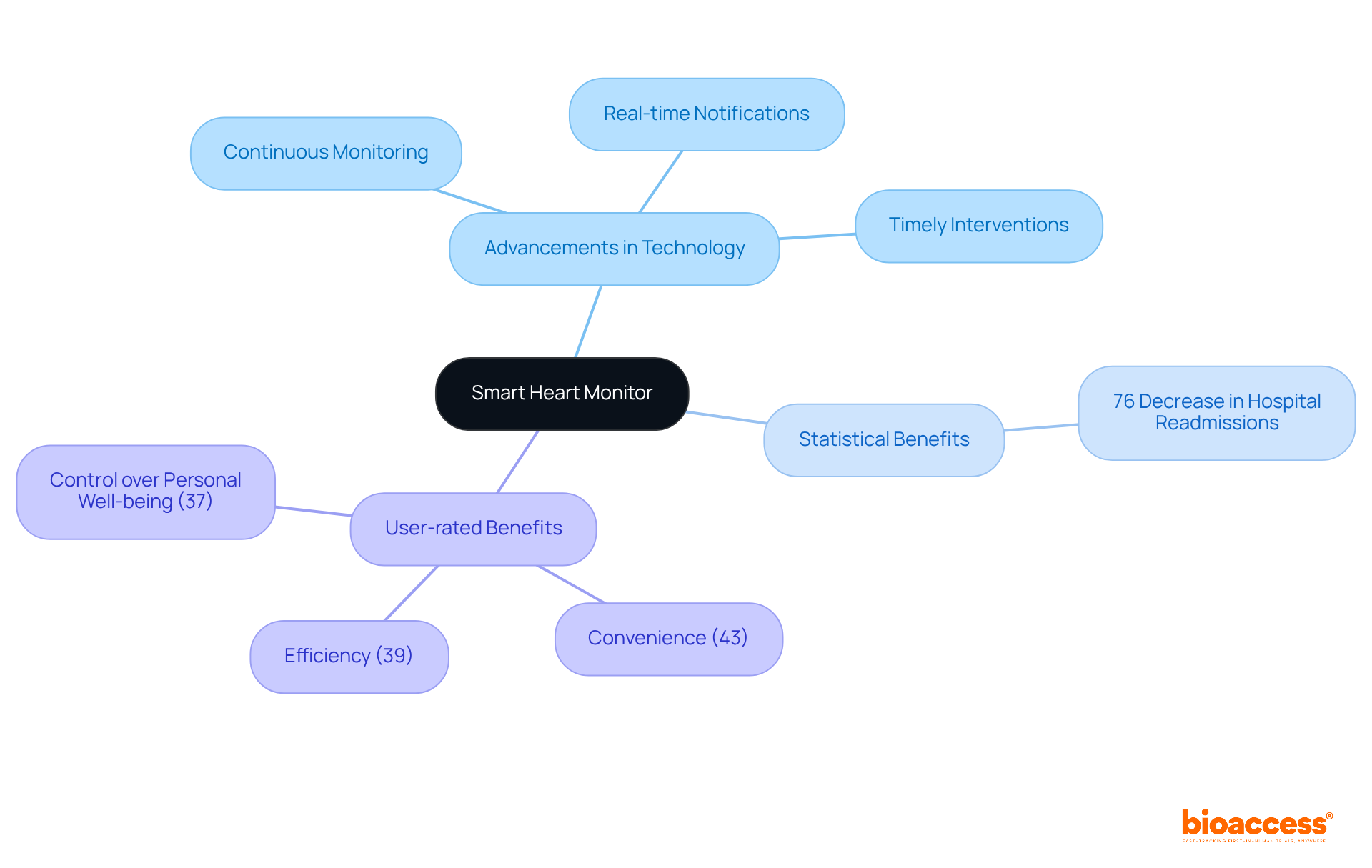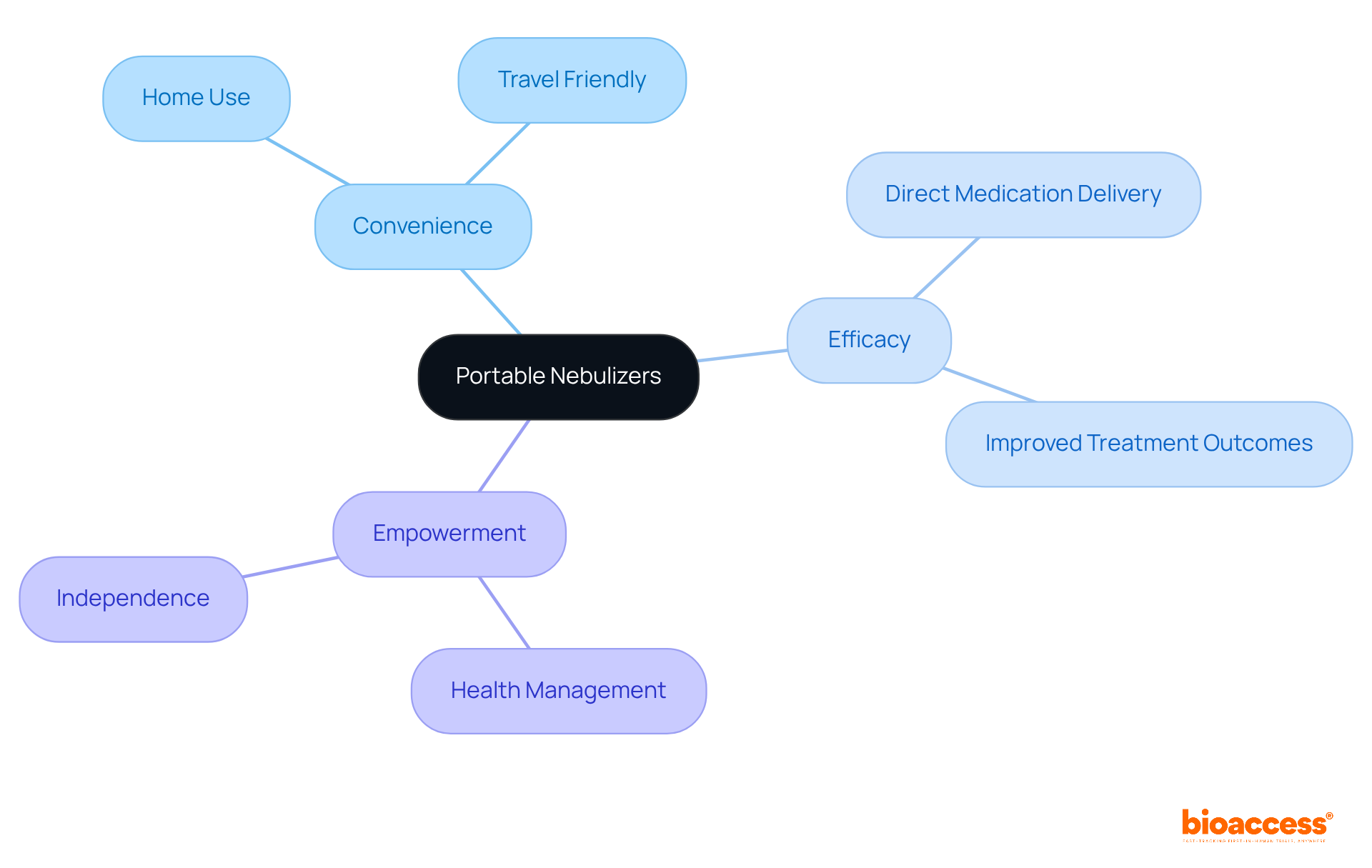


The article presents seven transformative examples of medical devices that are reshaping patient care. Innovations such as the Apple Watch, continuous glucose monitors, and robotic surgical systems are showcased, each recognized for its unique contributions to enhancing health monitoring, improving treatment accessibility, and facilitating better patient outcomes. This highlights the significant impact of technology on modern healthcare practices, emphasizing the need for ongoing advancements in the Medtech landscape.
The rapid evolution of medical technology is reshaping patient care in unprecedented ways, offering innovative solutions that enhance health outcomes and accessibility. From wearable devices that monitor vital signs to advanced surgical systems that improve precision, these medical innovations are not merely tools; they are fundamentally transforming the very fabric of healthcare.
However, as these technologies proliferate, critical questions emerge regarding their effectiveness and integration into existing healthcare frameworks.
This exploration is essential for understanding the ongoing transformation in clinical research and the role of these advancements in addressing key challenges.
bioaccess® leverages its extensive expertise and regional strengths to optimize clinical research for medical devices. By capitalizing on Latin America's swift regulatory processes, particularly in Colombia—where the total IRB/EC and MoH (INVIMA) review takes only 90-120 days—bioaccess® achieves approvals in an impressive 4-6 weeks. This rapid turnaround not only accelerates the development timeline for examples of medical devices but also significantly enhances access to innovative treatments. Colombia's medical system, ranked among the best in Latin America, offers a robust environment for patient recruitment, with over 50 million individuals and 95 percent coverage under universal care.
Moreover, Colombia provides attractive R&D tax incentives, including a 100% tax deduction for investments in science, technology, and innovation projects. bioaccess® further enhances its offerings by providing comprehensive services such as:
Consequently, bioaccess® plays a pivotal role in transforming the Medtech landscape by facilitating faster innovation and improving healthcare outcomes through advanced technologies and infrastructure.

The Apple Watch has emerged as a pivotal wellness monitoring device, equipped with advanced features such as heart rate tracking, ECG capabilities, and blood oxygen monitoring. These functionalities empower users to actively oversee their well-being by providing real-time data and alerts for potential medical concerns.
For instance, approximately 25% of smartwatch users utilize the ECG feature to check for irregular heart rhythms, which is crucial for early detection of conditions like atrial fibrillation. Moreover, around 20% of physicians advocate for patients to use smartwatches for wellness monitoring, underscoring the medical community's endorsement of this technology.
The incorporation of wearable technology into daily habits not only enhances individual wellness management but also supports broader public health initiatives. With about 80% of smartwatch users connecting their information with wellness applications, this data exchange proves especially beneficial for individuals with chronic illnesses such as heart disease and diabetes, facilitating the collection of significant medical metrics that can guide research and improve clinical outcomes.
Furthermore, the smartwatch market is projected to reach $64 billion by 2028, reflecting the growing relevance of wearable technology in healthcare. Consequently, the Apple Watch plays a significant role in transforming how individuals engage with their health, ultimately contributing to a more proactive approach to personal and public health management.

Continuous glucose monitors (CGMs) have revolutionized diabetes management by delivering real-time glucose readings, empowering patients to make informed decisions regarding their diet and insulin usage. These advanced examples of medical devices alleviate the burden associated with traditional finger-prick testing and significantly enhance glycemic control, leading to fewer complications and an improved quality of life for individuals living with diabetes. Furthermore, the integration of CGMs with mobile applications streamlines data tracking and facilitates sharing with healthcare providers, thereby promoting a collaborative approach to care.

Smart heart devices are examples of medical devices that are equipped with advanced sensors and connectivity features, enabling continuous observation of heart rhythms and vital signs. These examples of medical devices excel at identifying irregularities such as arrhythmias and deliver real-time notifications to both individuals and healthcare providers. This capability facilitates timely interventions, significantly reducing the risk of severe cardiac events.
Research indicates that the adoption of remote health tracking (RPM) systems can result in a 76% decrease in hospital readmission rates for individuals with heart failure, particularly linked to RPM. Furthermore, cardiologists emphasize the importance of ongoing heart surveillance, noting that it not only enhances outcomes for individuals but also improves the overall management of cardiovascular health.
As Dr. Adrien Laurent states, "Remote individual oversight has the capability to enhance well-being and decrease expenses, but careful policy is crucial to realize its complete worth."
As the market for smart healthcare solutions expands, projected to grow at a compound annual growth rate of about 20% from 2023 to 2028, the integration of these advanced monitoring technologies, including examples of medical devices, is set to transform cardiac care by ensuring that individuals receive proactive and personalized treatment.
Moreover, individuals have rated the benefits of RPM, highlighting:
as key factors influencing adoption.

Portable nebulizers have revolutionized respiratory treatments, making them significantly more accessible. These compact devices enable individuals to receive therapy in the comfort of their homes or while traveling. By delivering medication directly to the lungs, they enhance the efficacy of treatments for conditions like asthma and COPD. This capability empowers individuals to manage their health more effectively, leading to improved health outcomes and greater independence.

Robotic surgical systems have fundamentally transformed surgical practices by significantly enhancing precision and minimizing invasiveness. These advanced systems empower surgeons to execute complex procedures with remarkable accuracy, leading to reduced recovery times and lower complication rates.
Research indicates that individuals undergoing robotic-assisted surgeries experience shorter hospital stays—averaging eight days compared to ten for traditional open surgeries—representing a 20% decrease in recovery time. Furthermore, robotic surgery is associated with reduced postoperative pain and fewer complications, further enhancing outcomes for patients.
Real-life instances, such as those of John Hammond and Frances Christensen, illustrate the benefits of robotic surgery; both individuals reported rapid recoveries and a swift return to normal activities after their procedures.
Surgeons have observed that the high-definition 3D visualization and precise instrumentation provided by robotic systems contribute to fewer complications and improved cosmetic results due to smaller incisions.
As robotic surgery continues to evolve, ongoing research and development are expected to expand its applications across various medical fields, promising even greater advancements in patient care. However, challenges such as high costs and accessibility issues remain critical considerations for the future growth of robotic surgery.

Teletherapy platforms have emerged as an essential resource for mental well-being support, offering individuals access to therapy from the comfort of their homes. These platforms facilitate communication between therapists and clients through video calls, messaging, and other digital tools, effectively breaking down barriers to access. By providing adaptable scheduling and minimizing stigma, teletherapy enhances patient involvement, leading to improved mental wellness outcomes.
Notably, nearly 20% of American adults will face some form of mental illness in their lifetime, underscoring the urgent need for accessible therapy options. Furthermore, talk therapy is increasingly preferred over medications in the treatment of mental wellness conditions, indicating a significant shift in treatment preferences.
As mental health professionals emphasize:
Additionally, crisis support is available 24 hours a day by dialing #988, ensuring immediate assistance for those in need.

The landscape of patient care is undergoing a profound transformation, driven by innovative medical devices that significantly enhance treatment efficacy and improve health outcomes. From wearable technology such as the Apple Watch to sophisticated surgical systems, these devices empower both patients and healthcare providers, fostering proactive health management and personalized care.
Throughout this discussion, various examples highlight the substantial impact of these medical devices:
As the medical device industry continues to advance, recognizing the transformative potential of these technologies becomes increasingly crucial. Embracing these innovations not only enhances individual patient experiences but also contributes to a more effective and efficient healthcare system. The ongoing commitment to innovation in medical devices is set to pave the way for improved health outcomes and a brighter future for patient care.
What is bioaccess® and what role does it play in clinical research for medical devices?
bioaccess® is a company that optimizes clinical research for medical devices by leveraging its expertise and regional strengths, particularly in Latin America. It accelerates the approval process for medical devices, achieving approvals in 4-6 weeks, which enhances access to innovative treatments.
How does Colombia's regulatory process benefit clinical research?
Colombia has a swift regulatory process, with total IRB/EC and MoH (INVIMA) reviews taking only 90-120 days. This rapid turnaround allows for faster development timelines for medical devices.
What are some advantages of conducting clinical research in Colombia?
Colombia offers a robust environment for patient recruitment, with over 50 million individuals and 95 percent coverage under universal care. Additionally, the country provides attractive R&D tax incentives, including a 100% tax deduction for investments in science, technology, and innovation projects.
What services does bioaccess® provide for clinical research?
bioaccess® offers a range of services, including feasibility studies, investigator selection, regulatory compliance, project management, and detailed reporting on study status and adverse events.
How is the Apple Watch contributing to health monitoring?
The Apple Watch is a key wellness monitoring device with features like heart rate tracking, ECG capabilities, and blood oxygen monitoring, allowing users to actively manage their health with real-time data and alerts.
What percentage of smartwatch users utilize the ECG feature, and why is it important?
Approximately 25% of smartwatch users use the ECG feature to check for irregular heart rhythms, which is crucial for the early detection of conditions like atrial fibrillation.
How do physicians view the use of smartwatches for wellness monitoring?
Around 20% of physicians advocate for patients to use smartwatches for wellness monitoring, indicating a positive endorsement from the medical community.
What impact does wearable technology have on public health initiatives?
The incorporation of wearable technology into daily habits enhances individual wellness management and supports broader public health initiatives, especially for individuals with chronic illnesses, facilitating the collection of significant medical metrics.
What is the projected market value of smartwatches by 2028?
The smartwatch market is projected to reach $64 billion by 2028, reflecting the growing relevance of wearable technology in healthcare.
How does the Apple Watch influence personal and public health management?
The Apple Watch transforms how individuals engage with their health, contributing to a more proactive approach to personal and public health management through its advanced monitoring capabilities.